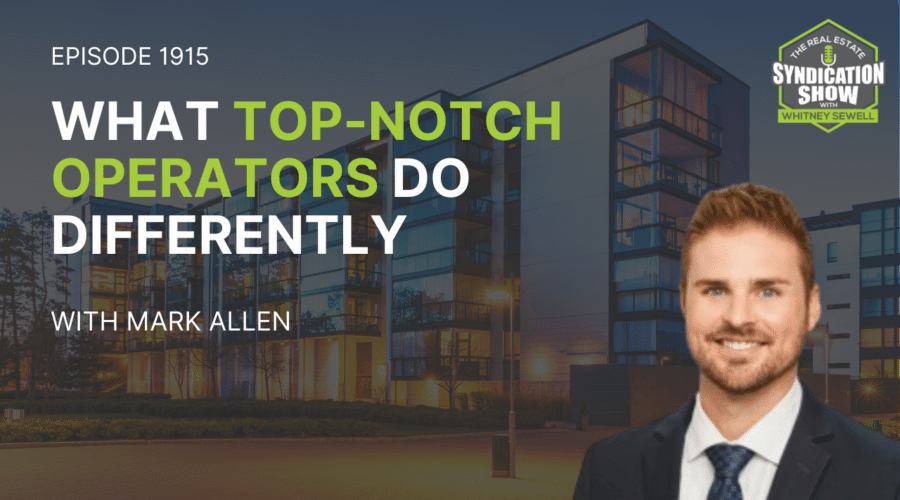Securing favorable financing is a critical step in multifamily investing, not only for purchase but also for maximum profit. Interest payments chisel away at would-be gains, and loan closing fees add to the bottom line. Fortunately, loans insured by the Federal Housing Administration (FHA) provide a source of low-cost, low-interest, long-term loans for multifamily buyers.
Life Bridge Capital is a leading real estate syndication company. We offer our investment partners the opportunity to leverage shares of multifamily rental properties into a passive monthly income. Learn More.
What Is an FHA Loan?
The Federal Housing Administration, as part of the U.S. Department of Housing and Urban Development, insures loans from approved lenders. When a government agency insures a loan, the agency promises that the lender will receive a large portion of the loan back, even if the borrower fails to make payments.
The FHA itself does not make loans; instead, borrowers seek out FHA-approved lenders who underwrite and finance the loan pursuant to FHA guidelines.
Benefits of FHA Loans
FHA-backed loans are highly sought after by multifamily investors because of the loans’ favorable rates and terms that can create significant cost savings throughout the project’s life.
FHA loans are among the most long-term loan products available on the market. Depending on the type of FHA loan, the maximum length of the note is 35 or 40 years. However, beyond the generous term length, FHA loans are probably most well-known for being fixed-rate. This feature makes them especially popular right now as borrowers rush to lock in ultra-low rates for the next three or four decades.
The interest rates themselves are competitive, but the loans are also fully amortized throughout the loan’s entire life. This means that monthly payments are as low as possible.
FHA loans also allow for high loan-to-value ratios, letting the investors minimize capital contributions to get started.
Finally, borrowers enjoy an extra layer of security because FHA-insured loans are non-recourse loans. Non-recourse loans limit the lender’s ability to collect in the case of default. Therefore, rather than pursuing the borrower’s other assets, the lender may only foreclose upon the collateral asset and may not attempt to recoup losses from other assets.
Types of FHA Multifamily Loans
FHA multifamily loans can be used to buy, build, or rehabilitate a property, and investors have a few different types from which to choose.
Section 221(d)(4) loans fund the construction of new rental housing or the significant renovation of an already-existing rental property. These loans may have up to 40-year terms plus an additional 3 years during the construction process.
Alternatively, Section 223(f) loans may only be used to purchase and refinance existing rental properties and have a maximum term of 35 years.
Multifamily properties with at least five units qualify for both 221(d)(4) and 223(f) loans.
For multifamily properties with fewer than five units, consider a traditional FHA loan. Traditional FHA loans require that the owner use the property as their primary residence, so the borrower must live in one of the units. Living in your own income-producing property is a common investment strategy known as house hacking.
What to Expect When Applying for an FHA Multifamily Loan
The many benefits of FHA multifamily loans come at the cost of some extra hurdles upfront to qualify for and close the loan and then some additional paperwork along the way to maintain eligibility.
Closing Time
Many would-be investors shy away from FHA-backed loans due to concerns about the time commitment, and FHA loans do require more time to close than other financing options.
Section 221(d)(4) loans can take 8 to 12 months to close, whereas section 223(f) loans may take 3 to 4 months, or about two months longer than a Freddi Mac multifamily loan.
When searching for an FHA-approved lender, keep in mind that some are also approved to do a Multifamily Accelerated Process. Those lenders may be the easiest ones to work with if time is of the essence.
Costs and Restrictions
Both types of FHA multifamily loans come with more costs and restrictions than you would expect with a non-insured loan.
FHA loans require an application fee, inspection fees, finance and permanent placement fees in addition to standard borrower closing costs like title fees and legal fees. Besides the set fees, FHA loans may cost more due to the due diligence required, including a phase 1 environmental assessment.
Unfortunately, not all multifamily properties qualify for FHA multifamily loans. Additionally, the
FHA will not insure new properties within the 100-year flood plain or properties with less than an actual average occupancy of 85 percent for the six months before the application.
Conclusion
Despite the restrictions and costs, keep FHA multifamily loans on your radar when evaluating financing options. Often, the long-term fully amortized nature of the loans more than make up for the inconvenience and cost. To best evaluate the suitability of an FHA multifamily loan for your needs, learn more about the requirements and costs at the U.s. Department of Housing and Urban Development’s official multifamily financing website.
Life Bridge Capital is a leading real estate syndication company. We offer our investment partners the opportunity to leverage shares of multifamily rental properties into a passive monthly income. Learn More.



